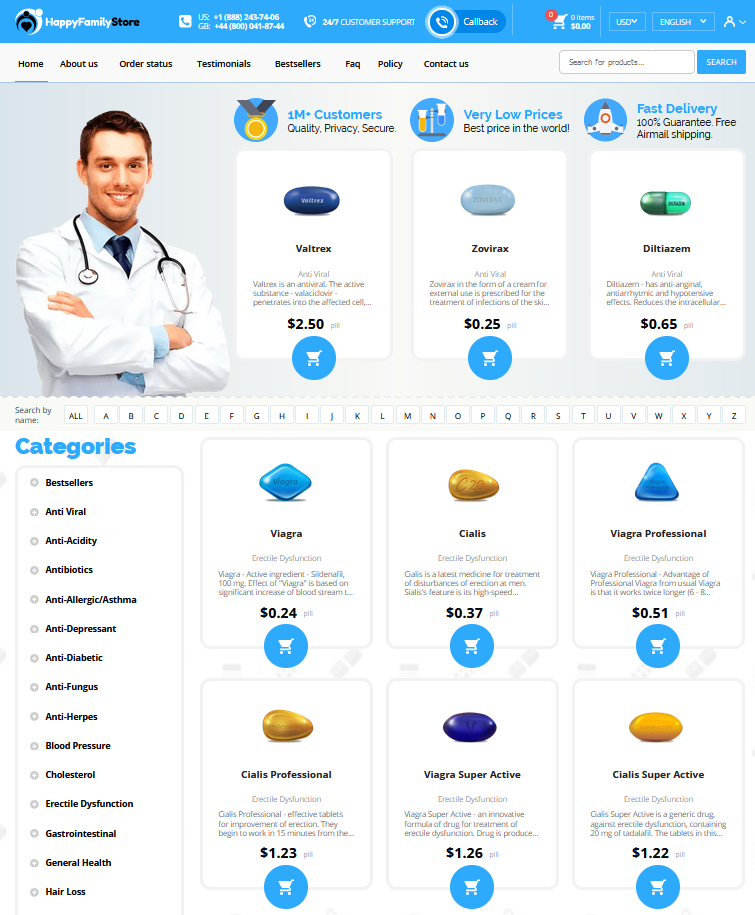To Buy Mebendazole Online Visit Our Pharmacy ↓

The Role of Mebendazole in Treating Worm Infections
Unveiling the role of mebendazole reveals its indispensable position in treating pediatric worm infections. This medication, often found on the prescription sig at pharmacies, is a trusted tool for targeting parasitic worms such as pinworms, roundworms, and hookworms. Mebendazole is part of a therapeutic cocktail that disrupts glucose uptake in the parasites, leading to their inevitable demise. Parents can acommodate it safely into their children's routine, turning what could be an arduous process into a compassionate drive-thru experience at the pharmacy. As children are more likely to be affected by these pests, the timely use of mebendazole can provide a comforting shield against these unwanted invaders. Judicious use guided by healthcare professionals ensures both safety and efficacy, fulfilling its role effectively.
| Infection | Pediatric Impact | Treatment |
|---|---|---|
| Pinworms | Common | Mebendazole |
| Roundworms | Noticable in some regions | Mebendazole |
| Hookworms | Rare | Mebendazole |
Dosage Guidelines for Children: What Parents Should Know

Navigating the dosage guidelines for mebendazole in children can feel as meticulous as finding the right Script for a novel. Parents need to understand that dosing primarily depends on the child's age and weight, and should always follow the Sig provided by a healthcare provider. Typically available as a chewable tablet or an elixir for younger kids, mebendazole is a Generics option that targets intestinal worms. It's crucial to administer the medication properly to ensure its efficacy.
Before initiating treatment, make sure to consult your healthcare professional to Verify the correct dosage and reccomended intervals. Be observant for any immediate, adverse reactions and discuss any concerns with your healthcare provider.
Understanding Mebendazole's Mechanism of Action in Kids
When it comes to tackling pesky parasitic invaders, mebendazole acts as a formidable opponent. This medication works its magic by inhibiting the synthesis of microtubules in parasitic worms, effectively preventing their ability to take in glucose. As a result, the worms become deprived of energy and eventually perish. Focusing on the cellular level creates a targeted Comp that minimizes harm to the child's body. Much like a customizable tablet, the compound medication zeroes in on the unwanted guests.
For kiddos, the concept of this worm-fighting Pharm Land wonder might seem as enchanting as a fairy tale, but the science is sound. Without causing a toxic hangover or apparent side effects, mebendazole works nearly as discreetly as a calming elixir, ensuring the little ones are parasite-free without disruption.
Evaluating Side Effects: What to Watch for

When addressing the potential side effects of mebendazole in children, parents should be well-prepared to navigate any adverse reactions. While many young patients tolerate this compound medication well, some might encounter mild symptoms such as abdominal pain, diarrhea, or a rash. These occurrences, though generally harmless, can be uncomfortable and should be monitored closely. Stat responses, especially when side effects are persistent or severe, may be necessary to ensure the child's safety.
More serious side effects are rare but can include neutropenia—a reduction in white blood cells—and liver issues. Parents need to be vigilant about any yellowing of the skin or eyes, as these could be warning signs. Engaging in a Meds Check with healthcare providers can provide reassurance and catch any unusual reactions early.
Although uncommon, parents must be aware of allergic reactions to mebendazole. Red flags like excessive itching, swelling, or breathing difficulties require prompt medical attention. While allergic reactions aren't widespread, knowing the Sig on potential symptoms empowers parents to act swiftly. Routine monitoring can ease concerns and ensure the safest journey for children prescribed this elixir.
Recent Research on Mebendazole's Pediatric Safety Profile
Recent studies on mebendazole have shed light on its safety for pediatric use, providing reassurance to parents and healthcare providers alike. Researchers have explored how children's unique physiological traits could affect drug efficacy and potential side effects. Safety cap mechanisms in drug formulations and verified dosing protocols have been a focus, pointing to positive outcomes when stat follow-up is included. However, some reports noted occasional side effect occurences, emphasizing the importance of vigilant monitoring. Meanwhile, comparisons with generics suggest consistent safety margins, ensuring that cost-effective options remain available. Overall, these findings contribute to enhancing trust in mebendazole's pediatric application.
```html
| Research Focus | Findings |
|---|---|
| Safety Cap Mechanisms | Effective in child-resistant designs |
| Verified Dosing Protocols | Minimize side effect occurences |
| Comparison with Generics | Comparable safety margins |
Managing Allergic Reactions: Steps for Parents to Take
If your child begins exhibiting signs of an allergic reaction to mebendazole, such as hives, itching, or breathing difficulties, immediate action is crucial. First, stop giving the medication and consult your healthcare provider with a stat call. Keep an eye out for any escalating symptoms that may require urgent attention. Ensure any allergic reactions are thoroughly recorded in teh child's medical history for future reference, preventing similar occurrences.
In situations where mild reactions are noted, pharmacists can usually clarify the sig on old prescriptions or suggest alternatives if neccessary. Always ensure that any medication changes or discontinuations are supervised by your healthcare provider to maintain safety.



